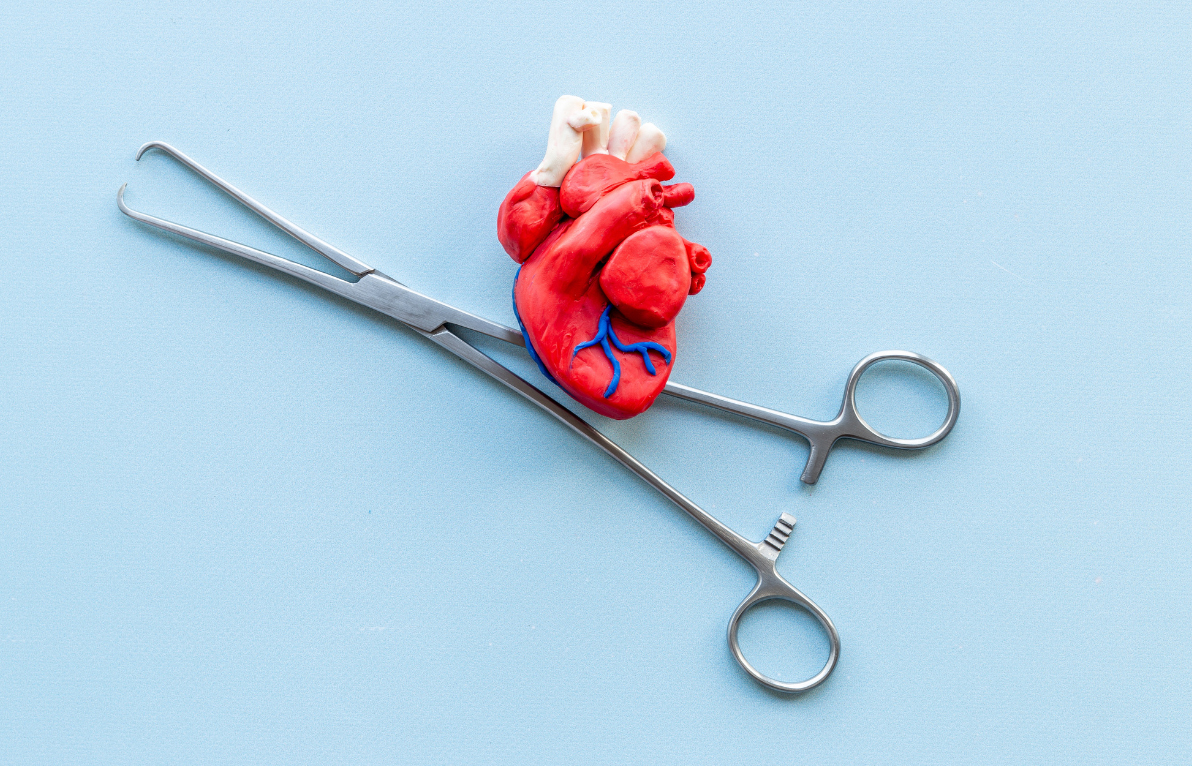Lateral Skull Base Surgery and Its Transformative Effects
Introduction
The term “skull base” is a gap between the bottom part of the brain and the part of the skull present directly below it. The skull base contains the blood vessels supplying nutrients and oxygen and a supply of nerves that enable functions like seeing, smelling, hearing, facial movements, and breathing. The lateral skull base is a particular area of the skull base situated at the side of the skull. The lateral skull base includes the middle and posterior fossae, the temporal bone, infratemporal fossa, and clivus.
Tumours developing at the lateral skull base can potentially become a risk to the brain stem, which connects the brain to the spinal cord. Lateral skull base surgery enables the treatment of conditions affecting the brain, which are primarily cancerous tumours. Apollo Hospitals, Karnataka, has the best neurosurgeons, otolaryngologists, medical oncologists, radiologists, pathologists, and radiation oncologists who offer customised treatment plans for complex brain skull base disorders to provide high-quality results and better patient outcomes with the least-invasive methods possible. Utmost patient comfort and minimal invasion to treat conditions related to the brain are some of our topmost priorities.
Why Lateral Skull Base Surgery is Needed?
The skull base is a complicated region with different openings through which the spinal cord, many blood vessels, and nerves pass. As such, it is a delicate and important part of the body’s neurological system. Lateral skull base surgery may be performed to remove both cancerous and non-cancerous growth or masses at the skull base of the brain.
The skull base area is complex to view, so it may be operated upon using two means: endoscopically/microsurgically and traditional/open surgery. Lateral skull base surgery involves using advanced surgical techniques to operate on tumours in this part of the brain without disrupting the brain’s function.
Lateral skull base surgery is performed endoscopically or using a microsurgical approach. It is mainly used to treat cancerous conditions, including meningiomas, acoustic neuromas, glioma tumours, encephaloceles, cholesteatomas, schwannomas, and glomus tumours.
Symptoms that Indicate Abnormality in Skull Base
Abnormal growths or masses in the brain skull base can lead to a range of symptoms, which may not seem problematic at first but may become debilitating with time as tumours growing in different areas of the skull base may press against nerves and blood vessels, leading to such symptoms. People may experience various symptoms depending on the size, type, and location of the growth or tumour, and may include:
- Headache
- Dizziness
- Facial pain
- Weakness of the face
- Visual problems
- Numbness
- Hearing loss or ringing in the ears
- Nasal congestion or frequent sinus infections
Diagnostic Assessments Leading to Lateral Skull Base Surgery
Diagnosing growths or masses that may require a lateral skull base surgery depends on the individual symptoms and a physical examination performed by a doctor or physician. Since it’s not possible to view this area directly, a number of imaging tests can aid in the diagnosis process.
- Brain imaging studies: Special tests such as magnetic resonance imaging (MRI), magnetic resonance angiogram (MRA), positron emission tomography (PET), and computed tomography (CT) scans produce images of the skull to help see any growths or abnormalities in the brain and skull base.
- Biopsy: Biopsy is a diagnostic procedure that involves retrieving a small piece of growth or mass in the skull base and examining it under the microscope. It is usually undertaken by using an endoscope passed through the nose and sinuses. Biopsies may also be done by fine needle aspiration or excisional biopsy.
- Other tests: Doctors may also need to perform certain tests that check the patient’s balance, cranial nerves, muscle activity, vision, and hearing. Other body parts may also be examined through other investigative studies or scans.
Treatment Involving Lateral Skull Base Surgery
Lateral skull base surgery is mainly performed endoscopically or through microsurgery. Common microsurgery approaches include translabyrinthine, middle fossa, and retro sigmoid. Throughout the surgery, a neurophysiological monitoring system tracks the electrical activity within the brain to ensure that brain function remains healthy.
During the lateral skull base surgery, an incision is made near the ear to gain access to the skull base. Incisions and holes are also made in the bones of the skull base that expose the tumour. Abnormal growths or masses are removed in small pieces, often allowing for complete resection of the tumour under the visual guidance of an operating microscope and an endoscope.
Our multidisciplinary team of surgeons work together to ensure the best possible results for our patients, along with the removal of the tumour. For the purpose of removing any remnant part of the growth of the skull base, surgeons and radiologists may provide additional treatment:
- Chemotherapy
This treatment involves using drugs used to treat growths caused by cancer.
- Radiation therapy
This treatment involves using an X-ray treatment that may help to control growth in the skull base that could not be completely removed by surgery.
- Gamma knife
Gamma knife is a special type of radiation therapy that employs precise X-ray beams to target growth in the skull base.
- Proton beam therapy
Proton beam therapy is another type of radiation therapy made to have greater accuracy and dosing, specifically for tumours.
- Particle therapy
Particle therapy is the latest form of radiation therapy that involves using high-energy particles with fewer side effects.
Recovering after Lateral Skull Base Surgery
After the lateral skull base surgery has been completed, patients may be required to stay in the hospital for a few days more. During this period, the dedicated medical care team will closely care for the patient. Any after-effects of surgery, like pain, can be managed with medications. Doctors may also provide medications to prevent brain swelling and seizures. The goal during the recovery period may be to allow the patient to return to their daily activities as soon as possible.
Some patients may require continued therapy, including radiotherapy, radiosurgery, and proton beam therapy. They may also require repeated imaging to ensure that any growth does not return over time. After recovery, many patients can return to daily activities and even work.
How Apollo Hospitals, Karnataka Can Help
The lateral skull base surgery is a multidisciplinary collaborative effort. At Apollo Hospitals, Karnataka, we aim to provide a unique patient experience by offering comprehensive care from our healthcare providers, specifically focusing on skull base disorders. We employ advanced, state-of-the-art techniques and equipment for precise and minimally invasive therapy based on cutting-edge research on the best treatments for skull base conditions. Our multidisciplinary team of medical professionals actively engages in outcome analysis and multidisciplinary case discussions to ensure the successful completion of surgeries and consistent care for our patients.




 Heart Institute
Heart Institute Oncology
Oncology Critical Care
Critical Care Institute of Transplant
Institute of Transplant Emergency Medicine
Emergency Medicine  Institute of Gastroenterology
Institute of Gastroenterology Institute of Neurosciences
Institute of Neurosciences Preventive Medicine
Preventive Medicine Institute of Renal sciences
Institute of Renal sciences Institute of Robotic Surgeries
Institute of Robotic Surgeries Institute of Pulmonology
Institute of Pulmonology Institute of Bariatric
Institute of Bariatric Institute of Obstetrics & Gynecology
Institute of Obstetrics & Gynecology Institute of Vascular Surgery
Institute of Vascular Surgery General Surgery
General Surgery  ENT & Head, Neck
ENT & Head, Neck Cosmetology
Cosmetology Dental Clinic
Dental Clinic Anesthesia
Anesthesia Advanced Pediatrics
Advanced Pediatrics Eye/Opthalmology
Eye/Opthalmology




